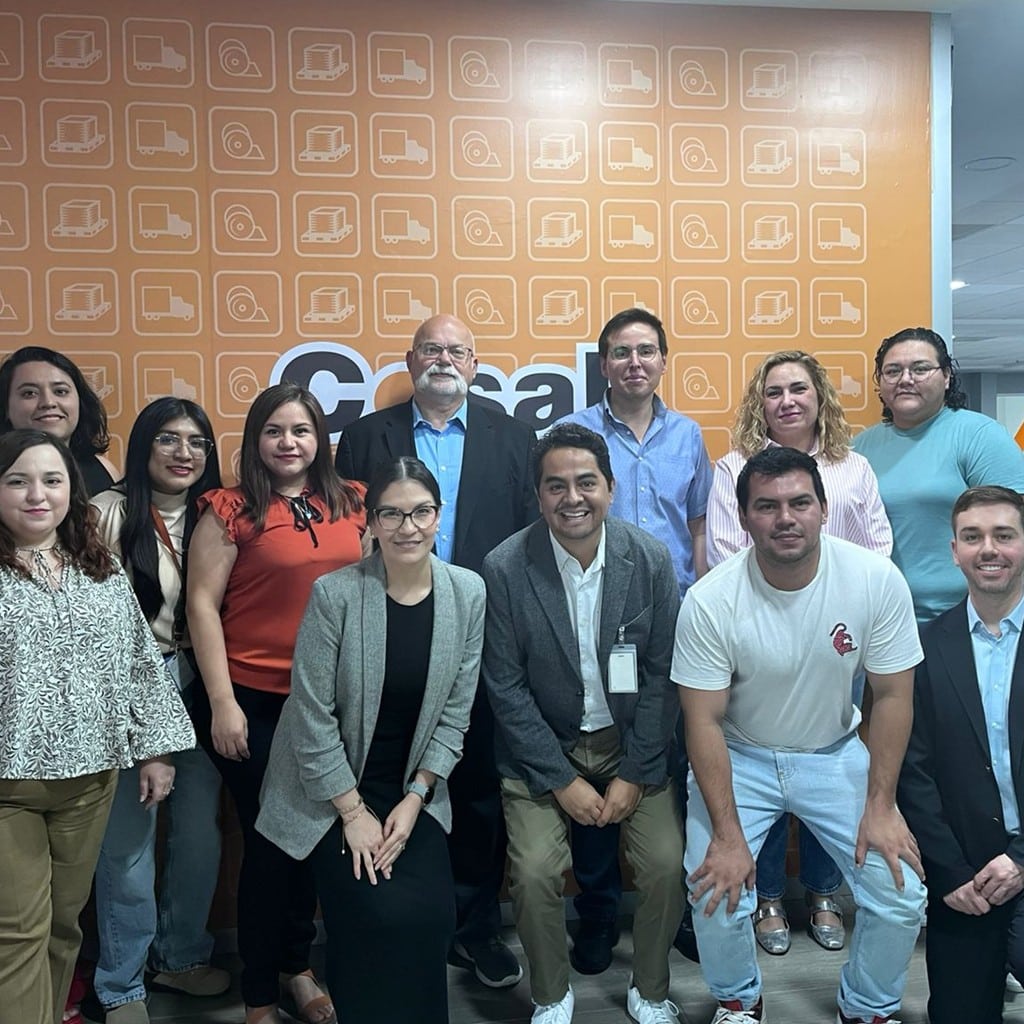Biodiversity in business: from risk recognition to strategic integration
Biodiversity loss is no longer just an environmental concern; it has become an urgent issue for companies with strong sustainability commitments. The impacts of biodiversity loss extend beyond regulatory changes and influence raw-material supplies, investor trust, and long-term operational resilience. Correspondingly, companies are growing more aware that their success depends on the health of natural ecosystems. Without well-managed forests, clean water, and intact ecosystems, companies lack the fundamentals of their economic activities.
At the recent “Biodiversity Protection in Companies” workshop hosted by EY denkstatt, WWF and the Controller Institut Austria in Vienna, MM Group’s Biodiversity Specialist Jakob Martin shared how the company is responding to these challenges and why biodiversity deserves a place on every company’s strategic agenda.
Drawing on examples from the packaging industry, his speech focused on translating ecological complexity into business relevance. From material sourcing and production to risk management and compliance, biodiversity touches on all levels of corporate decision-making. The central message is clear: it is possible and necessary to turn this topic into something measurable and manageable
From ecological dependencies to business impact
Biodiversity refers to the diversity of species, genes, and ecosystems that support natural processes such as pollination, climate regulation, soil fertility, and water purification. For industries who source raw materials directly from nature, the connection is direct and essential.
The production cycle at MM Group, which ranges from virgin and recycled fibre sourcing through cartonboard and paper production to converting packaging, relies on viable forests and freshwater availability. Degradation of these resources both harms nature and negatively impacts raw-material cost and availability, regulatory compliance, and the capacity to deliver products reliably and responsibly.

In his speech, Martin emphasised the relevance of recognising both direct and indirect biodiversity dependencies. Land use, emissions, and water consumption at production sites have a measurable impact. Supply chains also play an important role. The sourcing of wood fibres, for example, connects business operations to forest management practices which directly impact biodiversity.
A challenge that companies need to address is that biodiversity can feel too abstract or intangible. It involves multiple scientific approaches and does not lend itself to simple measurement. “We need to make biodiversity tangible,” Martin emphasised. “Only then can we manage the risks and identify opportunities.”
Building structure, generating insights
A central part of the MM Group’s response is the use of the TNFD LEAP framework (Locate, Evaluate, Assess, Prepare). This methodology guides companies through a step-by-step process that identifies areas of biodiversity relevance, evaluates dependencies and impacts, assesses financial and operational risks, and prepares strategies for mitigation or transformation.

MM Group’s approach focuses on building internal capabilities. Risk management, procurement, operations and ESG experts work together to map nature-related risks. This cross-functional collaboration helps ensure that biodiversity is not handled in isolation but integrated into existing business processes.
Making biodiversity measurable is essential for using it as an input in business calculations and decisions. Martin’s speech gave a practical overview of how MM Group is establishing a solid, science-based data foundation to support long-term decision-making.
The aim is to acquire actionable insights that support sound strategic decisions. For example, where are the biodiversity hotspots in the supply chain? What trade-offs exist between sourcing options? And how do these insights influence procurement or certification decisions?
A shared responsibility
Instruments like CSRD (Corporate Sustainability Reporting Directive) and the EUDR (European Union Deforestation Regulation) are producing a more rational regulatory landscape, which in turn is transforming biodiversity from an area of voluntary engagement to one that requires mandatory reporting. However, the regulatory lens is only one part of the picture.
According to Martin, the integration of biodiversity creates opportunities beyond compliance. It supports raw material risk management, improves relationships with customers demanding transparency, and builds credibility with investors focused on nature-positive portfolios.
To translate insight into impact, MM Group is advancing specific initiatives along the value chain. These include engaging suppliers to strengthen nature-positive practices, including biodiversity-related criteria in sourcing decisions and exploring ecosystem service valuation in procurement models.
Martin also outlined how nature-related risks are being incorporated into enterprise-wide risk management structures and how the findings from the LEAP process are aligned with MM Group’s broader materiality assessment.
The workshop made clear that many companies are only beginning to understand and manage their impact on nature. Climate-related events are already disrupting supply chains, while regulations are accelerating. At the same time, investors, customers, and other stakeholders are paying close attention.
Martin concluded with a clear message: “We have learned how to measure and manage carbon emissions. Now we must do the same for nature. It is complex, but MM embarked early on this endeavor and is building capacity step by step.”



